Goddard Signals Apollo 11 Success
“Houston, Tranquility base here. The Eagle has landed.” –Neil Armstrong, July 20, 1969
When Neil Armstrong announced that man had successfully landed on the moon’s surface July 20, 1969, he addressed his message to mission control, based at the NASA Manned Spacecraft Center in Houston, Texas (later named the Johnson Space Center). While Armstrong’s first word may have been “Houston,” those at mission control in Texas were not actually the first ones to hear this historic message from space. Rather, the first people to hear of man landing on the moon, were NASA personnel at the Goddard Space Center, just 12 miles from D.C. in Greenbelt, Maryland. Goddard served as the main control center for receiving and directing signals and information between the manned Apollo 11 spacecraft and mission control in Houston. In fact, much of the technical success and amazement surrounding the Apollo 11 moon landing was thanks to the hard work of the scientists and engineers in Greenbelt.
The Goddard Space Center, opened in 1961, was home to the first NASA-designed communications network, named the Manned Space Flight Network (MSFN), which supported the Mercury, Gemini, and Apollo programs, and was part of a larger NASA communication network called the Nasa Ground Communications System (NASCOM).[1] The MSFN, commonly known as the Apollo Network through the 1960s, helped provide the data link between the manned spacecraft and control center for the Apollo missions.[2] Throughout the Apollo 11 mission specifically, the Goddard Space Center was responsible for the overall operation of the MSFN, which included a physical network of 29 ground tracking stations, four ships, and eight aircraft, all assisting in delivering information about the location and status of the Apollo 11 spacecraft.[3]
Goddard’s control of Apollo 11 communications began just after launch on July 16, 1969, through the process described below:
“For a typical Apollo launch, Cape Kennedy is connected directly to the Mission Control Center, Houston, by NASCOM's Apollo Launch Data System, a combination of data gathering and transmission systems designed to handle launch data exclusively. A high speed data (2400 bit per second) line connects the Cape to Goddard. At Goddard the transmission rate is increased to 40,800 per second rate from there to Houston. Once launch is achieved, all network and tracking data is directed to the Mission Control Center, Houston, through Goddard.” [4]
Immediately after the rocket began its ascent through the atmosphere, engineers at Goddard started receiving all technical, positional, and voice information from the Apollo 11 capsule and crew, by way of several tracking stations around the world. According to Ed Lawless, Lead Voice Controller at Goddard during Apollo 11, “astronaut voices [for example] would be in a digital format in the spacecraft, but when they reached the tracking stations, they were put into an analog form and traveled that way into Goddard where they conferenced all of the voice circuits together, and then handed them off to Houston.”[5] This action was repeated with every piece of information traveling in and out of the atmosphere, rendering Goddard’s role in the moon landing crucial. NASA Communications Director at the time, Verne Stetler, even went as far as to say that Goddard was the heart of the mission, and that they could not afford to have anything go wrong in Greenbelt.[6]
In order to ensure smooth communications, engineers “sitting enclosed in glass booths wearing headsets, with rows of buttons at their fingertips” in the voice communications center at Goddard worked tirelessly decoding hundreds of flashing lights, beeps, and signals. The Washington Post wrote of the scene during the Apollo 11 mission:
“About two seconds after Apollo 11 emerged from behind the moon on its crucial first lunar orbit Saturday, a green light flowed on a computer control in NASA’s Goddard Space Flight Center in Greenbelt. The Goddard computer began talking to its mate in Houston, passing on to Mission Control the message that the maneuver had gone well… Shortly afterward came a sign that Mission Control’s computer had digested and processed the data flowing out of Goddard. Another green light blinked on the computer console. ‘A command,’ said Stetler. A message from Houston, advising Apollo 11 of necessary course corrections, had just passed through the Goddard computer. In about 1.9 seconds, the message was to be transmitted to Andover, Maine, across the Atlantic to Madrid, and finally to the spacecraft circling the moon. In a few minutes, Apollo was about to circle behind the moon for the second time. In a room full of beeps and bleeps, engineers in headsets sat listening. ‘There it goes,’ one said. ‘It just went behind the moon.’ ‘Just went,’ somebody else said, taking off his headset.” [7]
Even as Goddard engineers utilized their $9 million worth of computers to track the status of Apollo 11 through these beeps and lights, they were also tasked with simultaneously monitoring 30 to 40 other satellites, as the station served as a “switchboard for more than 20 separate stations in the manned space flight network.”[8] Impressive and important as it is, this signal tracking was not the only crucial role that Goddard played in the success of Apollo 11.
Goddard engineers were also responsible for developing the special cameras and processing technology used by Armstrong and the Apollo 11 crew to capture the historic moon walk in real-time, as well as the other photos and video footage released after the mission.
As the lunar lander approached the moon, the Goddard camera aboard began to transmit pictures which were received by a special processing facility set up in Sydney, Australia, and then sent back to Maryland where they were distributed in their reconstructed forms.[9]
Without the technology that allowed the video feeds coming down from space on limited bandwidth to be reconstructed and transmitted in a useable form, the moonwalk that thousands of Americans, including President Nixon, watched live would have been nothing more than indistinguishable flickering grains of gray.[10]
Furthermore, this revolutionary audiovisual technology was put to use a second time, as the live nationwide television coverage of the Apollo 11 capsule splashing down into the Pacific Ocean was made possible by Goddard’s satellites and microwave system.[11]
It’s safe to say that in addition to helping keep the astronauts on the Apollo 11 mission safe, the contributions of the engineers and personnel at the Goddard Space Center in Greenbelt, Maryland also helped establish a further wonder and amazement of space travel for the American public, as they had the opportunity to watch a historic event they would never forget.
Footnotes
- ^ NASA. n.d. “History of the Networks | Exploration and Space Communications.” NASA Exploration & Space Communications. Accessed June 17, 2019. https://esc.gsfc.nasa.gov/networks-history.
- ^ NASA. 1968. “The Manned Space Flight Network for Apollo.” Goddard Space Flight Center. http://web.mit.edu/digitalapollo/Documents/Chapter8/apollomsfn.pdf. 1.
- ^ Ibid, 2.
- ^ Ibid, 6.
- ^ Office of Public Affairs Goddard Space Flight Center. 1989. Apollo 11: The Goddard Connection - YouTube. https://www.youtube.com/watch?v=3Wc5ts7m9iE.
- ^ Martin Weil. 1969. “Apollo Signals: Moon to Greenbelt to Houston: Signal Rerouted Course Fix From Houston Hub of Huge System.” The Washington Post, Times Herald (1959-1973); Washington, D.C., July 21, 1969. https://search-proquest-com.library.access.arlingtonva.us/hnpwashington….
- ^ Ibid.
- ^ Ibid.
- ^ Office of Public Affairs Goddard Space Flight Center. 1989. Apollo 11: The Goddard Connection - YouTube. https://www.youtube.com/watch?v=3Wc5ts7m9iE.
- ^ Ibid.
- ^ Ibid.


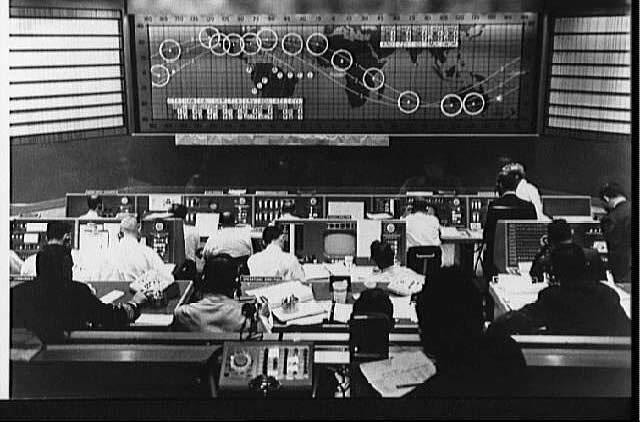
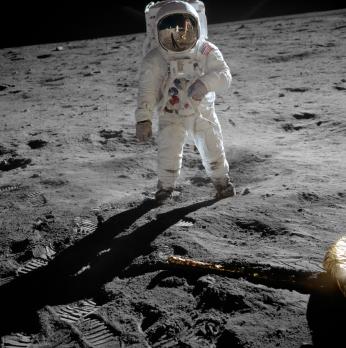
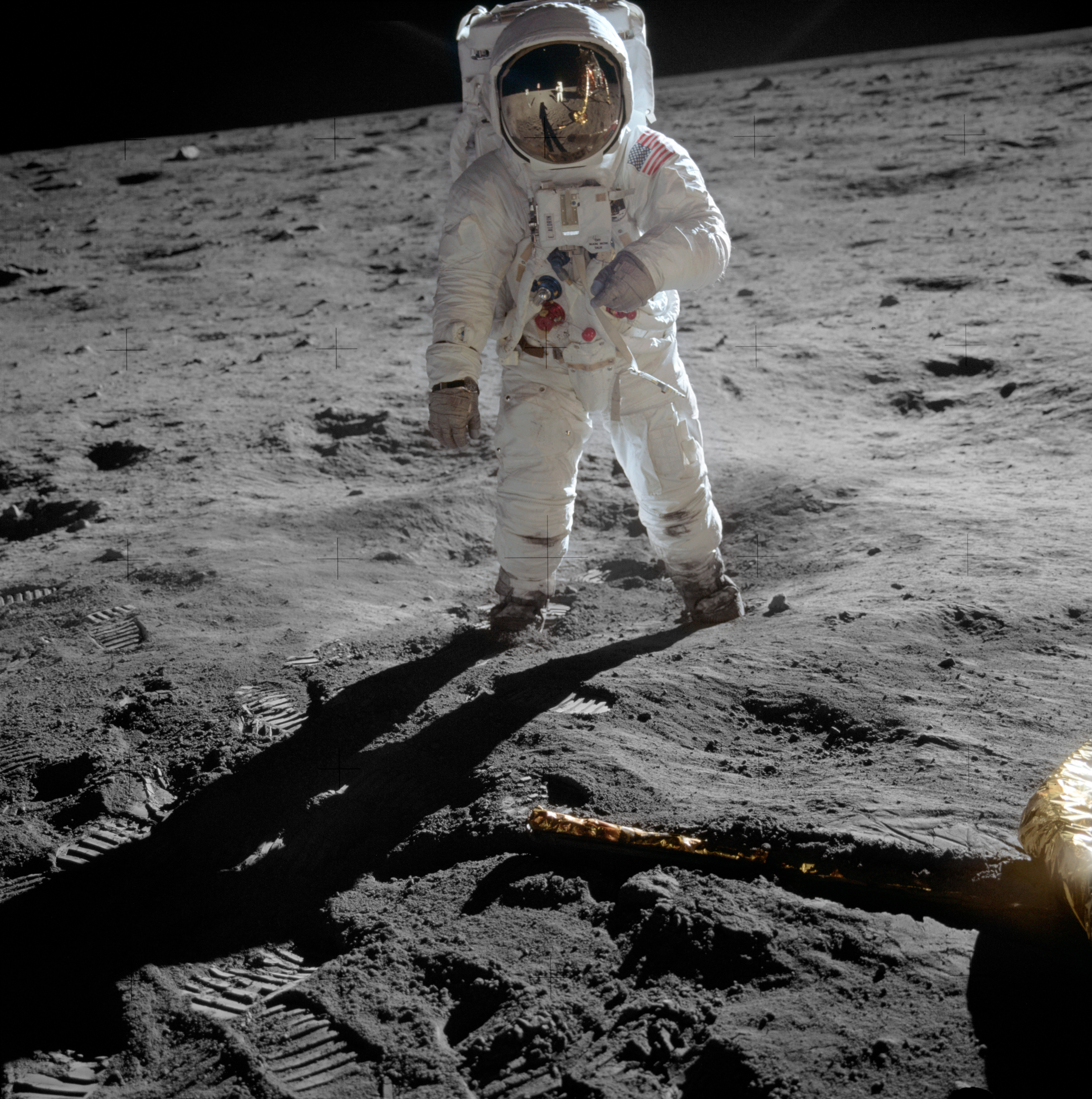
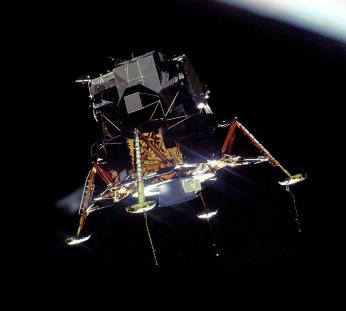
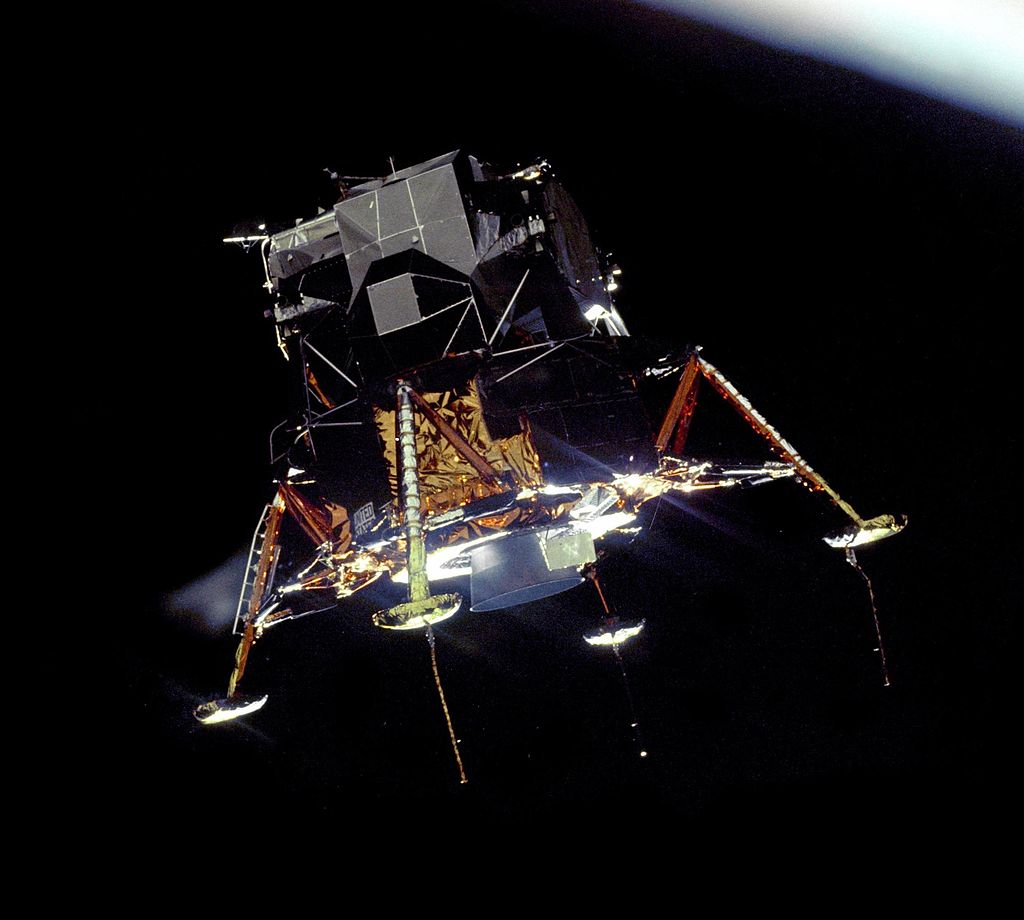
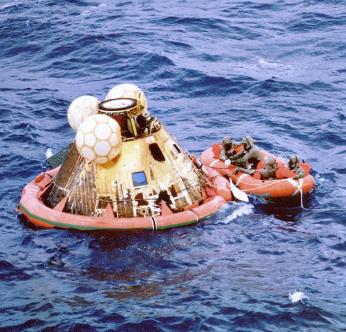
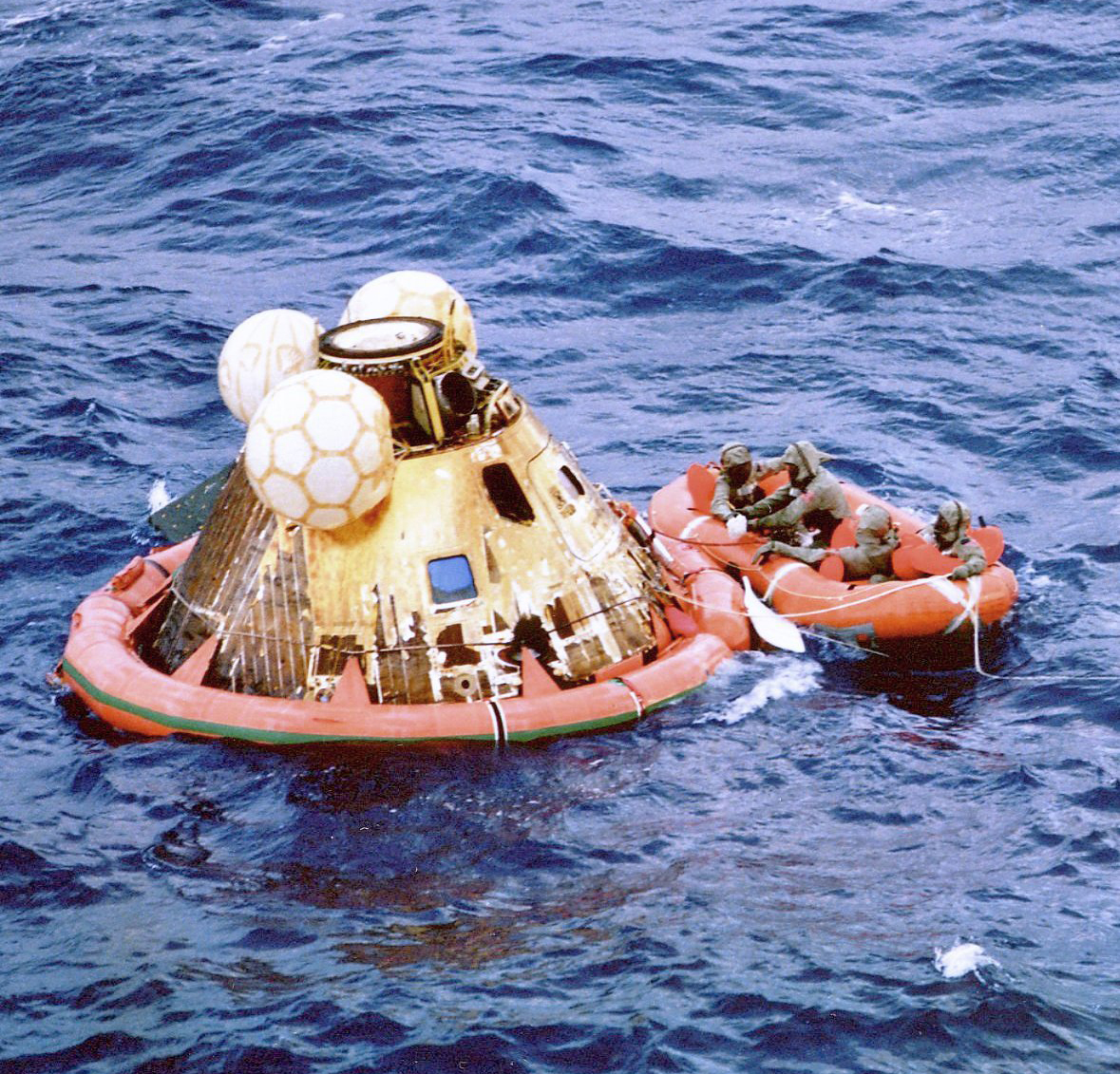
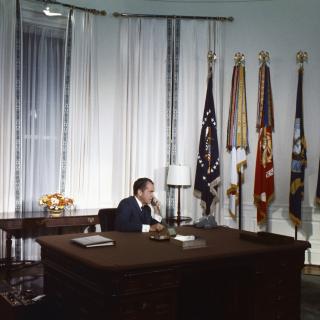
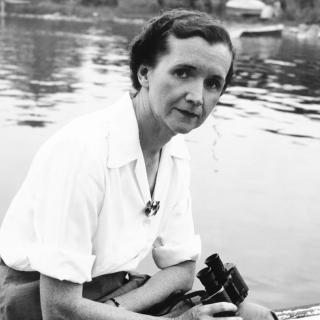
![Sketch of the mythical fuan by Pearson Scott Foresman. [Source: Wikipedia]](/sites/default/files/styles/crop_320x320/public/2023-10/Goatman_Wikipedia_Faun_2_%28PSF%29.png?h=64a074ff&itok=C9Qh-PE1)












